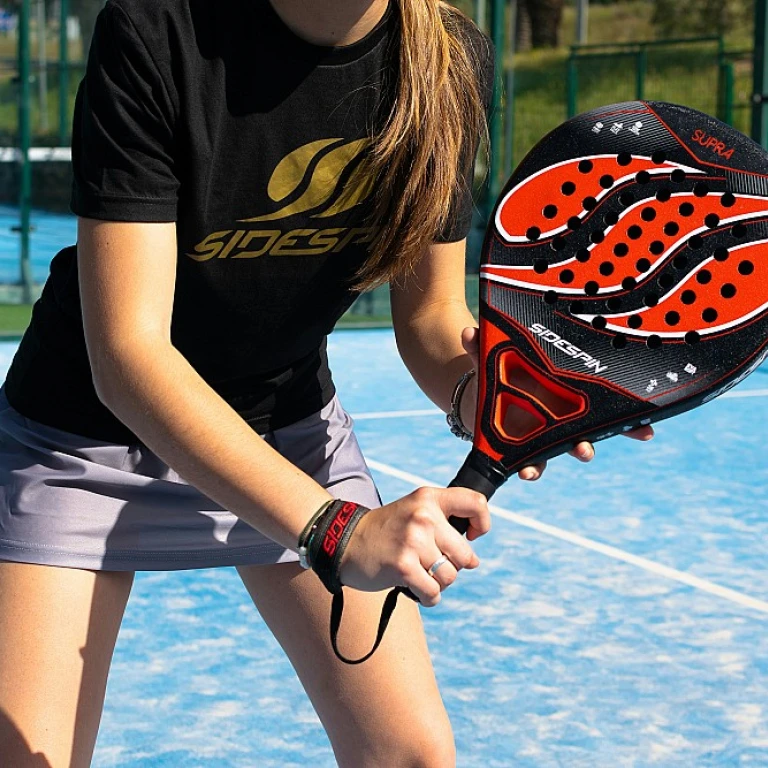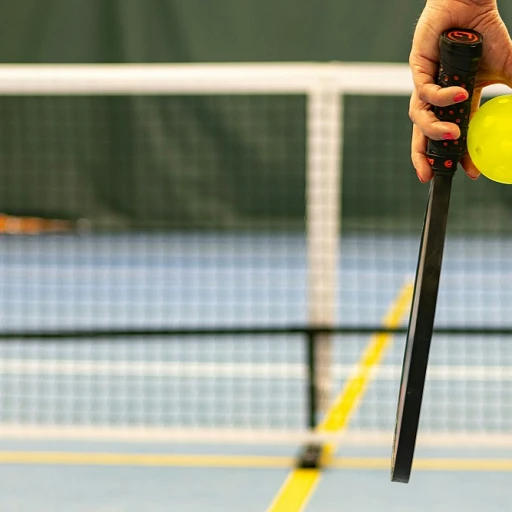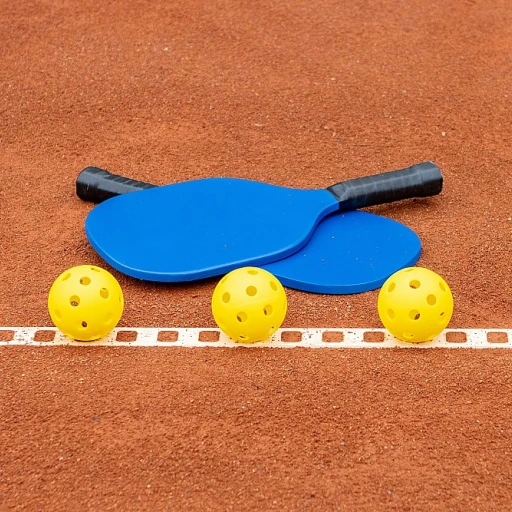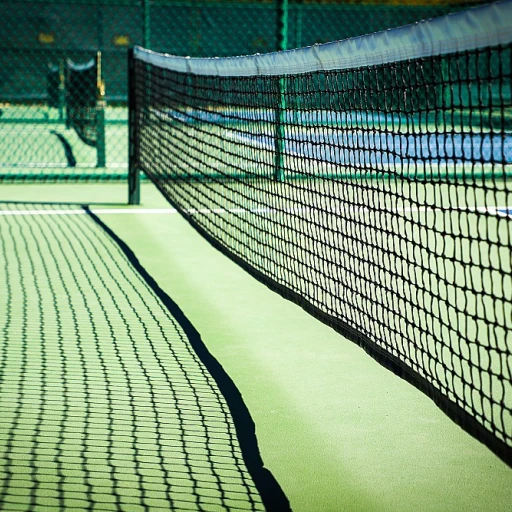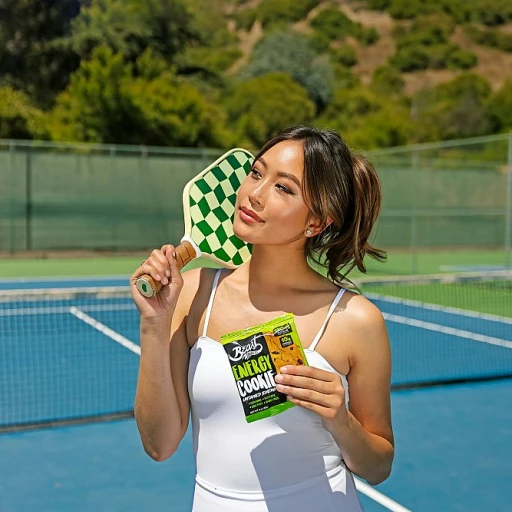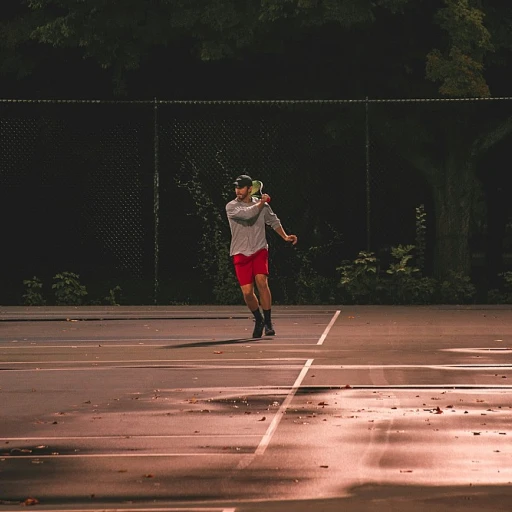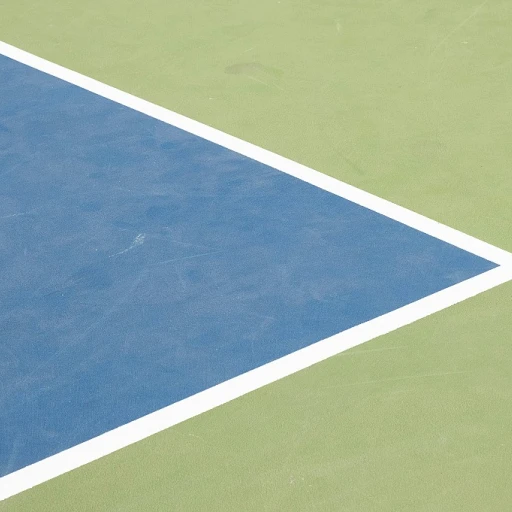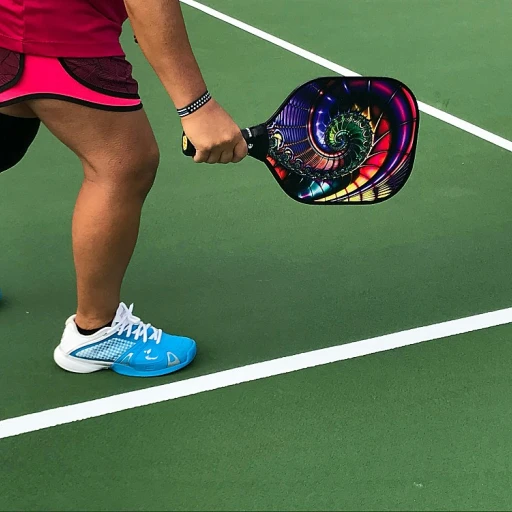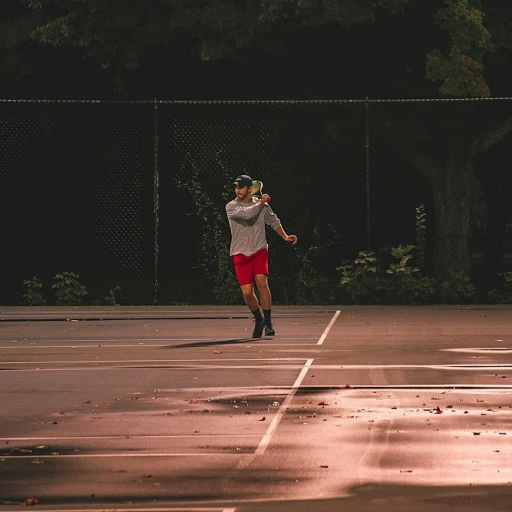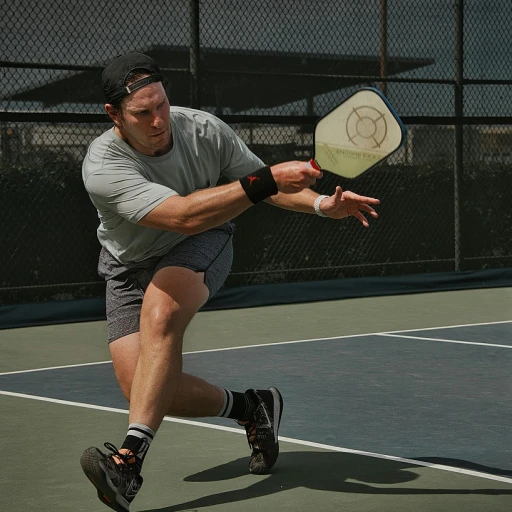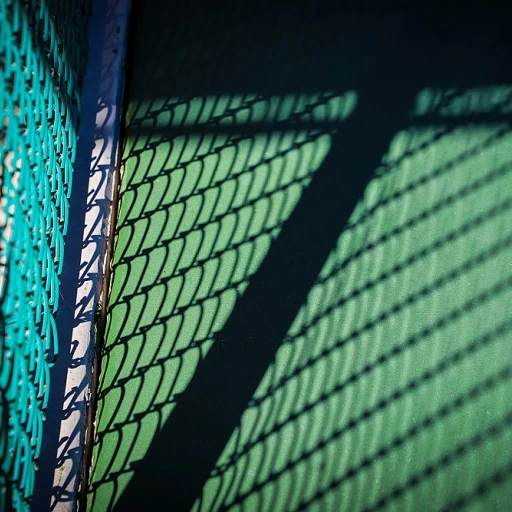
Court Dimensions and Layout
Court Specifications: Pickleball vs. Tennis
When it comes to the sport of pickleball, one of the primary differences from tennis is the court dimensions and layout. Understanding these distinctions is crucial for anyone looking to transition between these two famed racquet sports. To begin with, a standard pickleball court is significantly smaller than a tennis court. Pickleball courts, including both singles and doubles play, are 20 feet wide and 44 feet long, effectively a quarter of the size of a traditional tennis court. This more compact layout plays a decisive role in the pace and strategy of the game. In contrast, a tennis court measures 78 feet long and, for singles, 27 feet wide, expanding to 36 feet for doubles play. The larger size accommodates the dynamics of tennis, which often involves more expansive footwork and longer volleys. Consequently, players must adapt their movement and styles when switching between the two sports. Furthermore, the boundary markings or lines for pickleball follow a distinct set of rules in comparison. The court is divided into service areas, volley zones, and the non-volley zone often referred to as the kitchen. This delineation emphasizes the importance of positioning in pickleball, with players maneuvering carefully within these prescribed zones. Lastly, consider the net placement and height between the two sports, a topic which we delve into further in the subsequent sections. If you’re curious about how these differences in court dimensions and layout visually manifest, take a glimpse at Sunnyvale Tennis Center’s court cam, which offers an insightful look at courts equipped for both sports.Surface Material and Maintenance
Pickleball and Tennis Court Surfaces: Overview
The surface material is a crucial factor that impacts gameplay in any sport, and it plays a significant role in both pickleball and tennis courts. While the court dimensions and layout are designed to suit the distinct gameplay strategies of each sport, the surface materials further differentiate them.
Surface Material Options
Pickleball courts often have surfaces made of asphalt or concrete, similar to tennis courts, due to their durability and low maintenance. However, some pickleball courts integrate indoor flooring materials like gymnasium surfaces, offering more consistent ball bounce and cushioning for players' feet.
Maintenance Considerations
- Pickleball courts: Typically required to have well-maintained lines and surface coatings to ensure safe and enjoyable play. Regular cleaning and repainting of boundary lines are essential to maintain clarity during double play or singles matches.
- Tennis courts: Generally demand frequent resurfacing to prevent cracks and maintain performance quality. Grass or clay tennis courts require specific upkeep techniques to retain their playing characteristics.
Impact on Gameplay
Surface material affects how the ball bounces and ultimately influences the dynamic of the game. In pickleball, the materials chosen can modify aspects of the ball play, especially its interaction with the court in the volley zone, affecting strategies of both novice and experienced players. Meanwhile, in tennis, surface type considerably influences the speed and bounce of the ball, requiring players to adapt their techniques accordingly.
Equipment and Gear
Essential Gear for Pickleball and Tennis
When transitioning between playing pickleball and tennis, understanding the differences in equipment is crucial. While both sports are played with nets, balls, and rackets, each has specific gear tailored to its unique gameplay.- Pickleball Paddles vs. Tennis Rackets: Pickleball paddles are smaller and lighter compared to the larger, more robust tennis rackets. Paddles are generally made from composite materials or wood, maximizing control in the fast-paced game. Meanwhile, tennis rackets offer a larger hitting area to accommodate the power needed in a tennis match.
- Balls for Each Game: The ball used in pickleball is a perforated plastic ball, often referred to as a wiffle ball. This ball is lighter and has less bounce compared to the pressurized rubber ball used in tennis. The differences in the balls affect both the pace and strategy of the games played on their respective courts.
- Net Height: Net height varies between the two sports. A standard tennis net is generally higher compared to the slightly lower pickleball net. When setting up a court equipped for pickleball, it's important to adjust the net height accordingly to ensure fair play.
- Appropriate Footwear and Attire: Both sports require comfortable, sport-appropriate shoes designed for support and agility. Proper footwear aids in quick movement across the court and helps maintain balance. Attire usually consists of breathable fabrics that allow players to stay cool during play.
Gameplay and Strategy
The Dynamics of Gameplay and Strategy in Pickleball vs. Tennis
Pickleball and tennis each offer distinctive experiences when it comes to gameplay and strategy, largely influenced by their respective court sizes, net heights, and equipment. Understanding these differences is key to mastering either sport and finding your preferred style of play.
One of the most striking differences is in the court size. Pickleball courts are significantly smaller, measuring 20 feet wide by 44 feet long, accommodating both singles and doubles play. In contrast, tennis courts stretch to 60 feet long for singles and even wider for doubles. This compact design makes pickleball a faster-paced game with shorter, more rapid rallies.
The pickleball net is also lower, standing at 36 inches at the sidelines and 34 inches in the middle, compared to the higher standard of a tennis net. This encourages aggressive net play and enables the strategic use of volleys, where players can keep the ball in motion with swift and decisive hits. The net height, combined with the smaller court, creates a dynamic that emphasizes agility and quick reflexes.
While tennis heavily relies on powerful serves and baseline play, pickleball demands precision and finesse. The volley zone, or "kitchen" as it’s often called, is a 7-foot area on either side of the net where players cannot volley the ball. This rule prevents "smashing" and enhances the strategic depth of the game, rewarding players who can anticipate and tactically outmaneuver their opponents.
Strategically, pickleball offers a more accessible game for players of all ages and abilities. Its elevated level of engagement makes it highly popular among communities looking to enjoy an inclusive and friendly sport. Whether you're accustomed to the traditionally structured rallies of tennis or leaning towards the cooperative team play found in pickleball, understanding the strategic elements unique to each can enhance your playing experience.
Accessibility and Popularity
Inclusive Play and Rising Popularity
When it comes to accessibility, pickleball has a marked advantage over tennis, largely due to its smaller court size and simplified gameplay rules. This makes it appealing for a wide range of players, regardless of age or physical ability. Whether you're new to sports or a seasoned veteran, this sport offers something for everyone. The adaptable nature of pickleball means it's played both as singles or doubles, accommodating different numbers of players and emphasizing a social aspect not always found on traditional tennis courts. Furthermore, many communities have embraced pickleball for its ease of access and minimal equipment requirements. The courts are often shared between pickleball and tennis games, as the playing surface is versatile enough to easily switch between the two sports. Additionally, the pickleball net is a slightly lower height compared to a traditional tennis net, just another factor in making it accessible to a broader audience. As pickleball's popularity grows, more dedicated pickleball courts are being established in communities around the globe. This ongoing expansion is a testament to the game's increasing appeal. With the sports community's support and widespread promotion through various sporting events, pickleball continues to attract enthusiasts and new players alike, reinforcing its status as a sport that fosters inclusion and community engagement.Community and Culture
The Community Connection Surrounding Pickleball and Tennis
The contrasting cultures surrounding pickleball and tennis play a significant role in shaping the experience for players. Pickleball has rapidly grown into a social and accessible sport, creating a welcoming atmosphere for individuals of all ages and skill levels. This inclusive approach is mirrored in the smaller court size and lower net height, making it easier for beginners to engage and enjoy the game. In contrast, tennis has long been associated with a more formal structure, often observed in clubs or professional settings with larger courts and higher nets. The game is traditionally played in singles or doubles, demanding strategic planning and agility. ### Inclusivity and Bonding- Pickleball Community: Known for its friendly environment, pickleball courts bring together players from diverse backgrounds. This social nature encourages beginners to make connections easily, as the game can be mastered quickly.
- Tennis Gatherings: While tennis sessions can also foster community spirit, they tend to be more competitive. Players often meet in tennis clubs or organized leagues, focusing on personal improvement and skill development.

